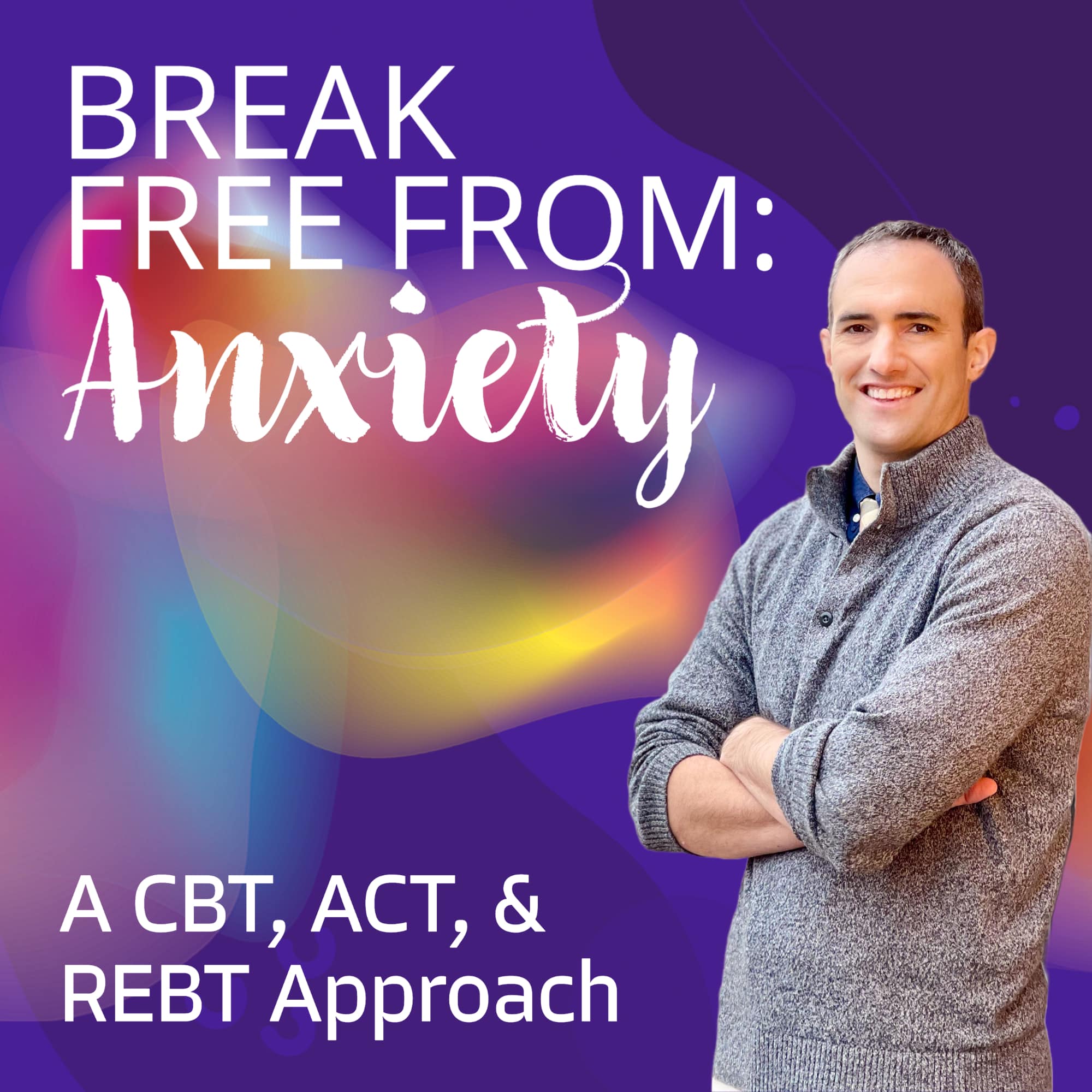Are you struggling with fear-based anxiety responses? Learn how to manage your body’s fight or flight response through effective therapy for anxiety disorders. There are many options available for anxiety therapy.

How to Treat Fear-Based Anxiety Disorders
Fear-based anxiety responses are the body’s way of preparing for fight or flight. While this is a normal and natural reaction to perceived threats, when they occur too frequently they can become unmanageable without professional help.

How Our Fear Responses Differ From Other Mammals
Fear-response is a normal part of the human experience. We are hard-wired to use fear for our survival and is simply a feature of the human condition.
The fear response in mammals, including humans, is preprogrammed for our survival from threats observed. The difference for us humans, however, is that our consciousness reminds us that we will eventually die and our conscious awareness of this fact leaves us no escape from fear of death.

How Fear-Based Disorders Form
Fear-response is a normal part of the human experience. We are hard-wired to use fear for our survival and is simply a feature of the human condition.
In some instances, a fear response is appropriate and protective. But for some people these responses will become more frequent, to the point at which they interfere with daily life and can be debilitating.
Anyone can develop a fear-based disorder, but some groups are more prone to them than others. People with a history of trauma, as well as those who are high in neuroticism, are more likely to develop a fear-based disorder such as anxiety or PTSD.
In these cases, fear becomes a hyper-sensitized response because it becomes triggered by smaller and smaller stimuli as the disorder progresses.

Mental Health Disorders Linked to Fear
Anxiety disorders that are predicated on fear include:
- Generalized anxiety
- Social anxiety disorder
- Panic disorder
- Obsessive compulsive disorder
- PTSD
- Other specific phobias.
Treatment for fear-based mental health conditions can be categorized into having three components:
- Therapy, of which there are a number of recommended types including Acceptance and Commitment Therapy (ACT) and Exposure Therapy. Each has their strengths.
- Medications that work on key neurotransmitters implicated in anxiety,
- Understanding and strengthening the mind-body connection by attempting to break the psychology-physiologic cycle that can perpetuate anxiety by reframing the context of the physical experience. Mind-body therapeutic techniques include Eye Movement Desensitization and Reprocessing (EMDR) and Emotional Freedom Technique.

Targeting Automatic Negative Thoughts in Fear-Based Disorders
Physiological conditions in the brain can create context and meaning each time the fight or flight response is triggered, leading to trauma. When thoughts occur that trigger the brain to release fear-related hormones, they will often happen without any conscious input.
In this situation, attempting to prevent the thoughts will be counterproductive. Instead, Acceptance and Commitment Therapy (ACT) can be used to help reframe these automatic negative thoughts.
The premise with ACT is that anxiety-driven thoughts are typically given more real estate in your mind when you try to avoid, deny, or turn them off. The more you try to stop these thoughts from occurring, the more you pay attention to them.
Instead, using methods to acknowledge, recognize these thoughts for what they are, and reframe these thoughts will help to disconnect the link that the personal context of these thoughts has to specific emotions.
As psychologist Carl Rogers said, “The curious paradox is that when I accept myself just as I am, only then can I change.”








